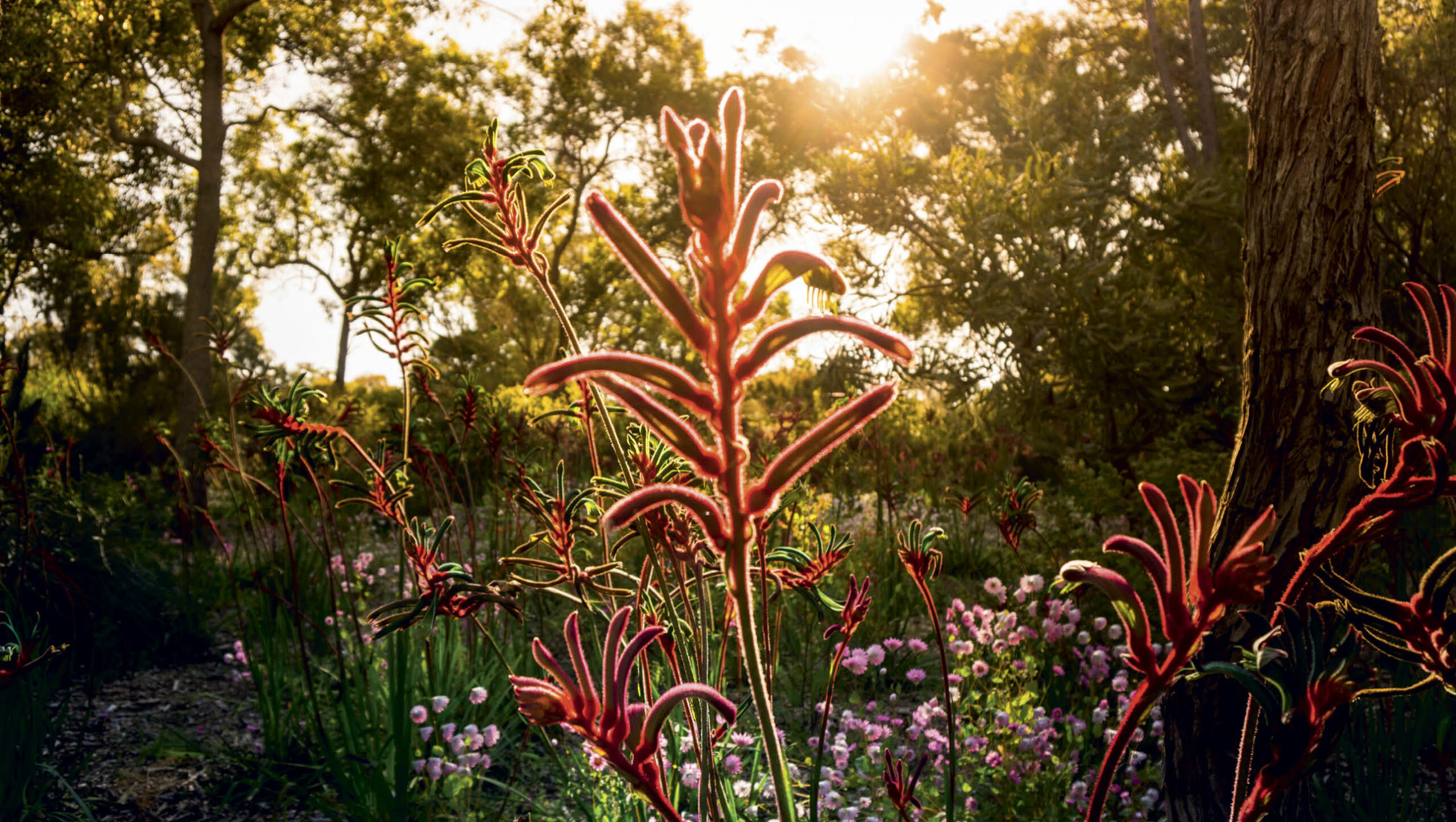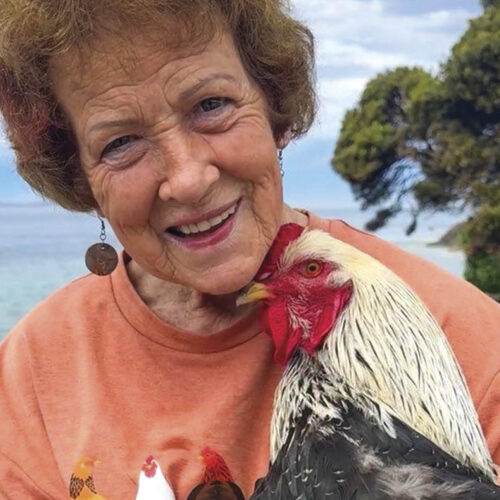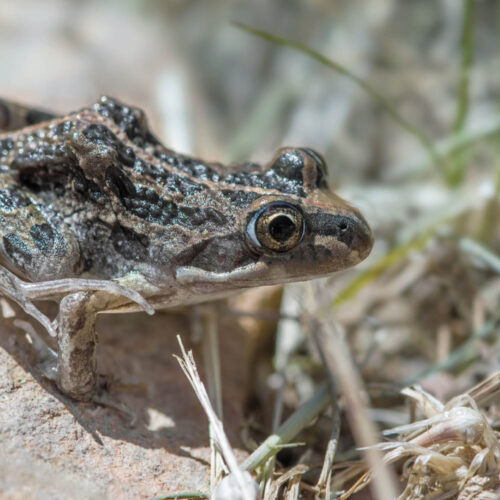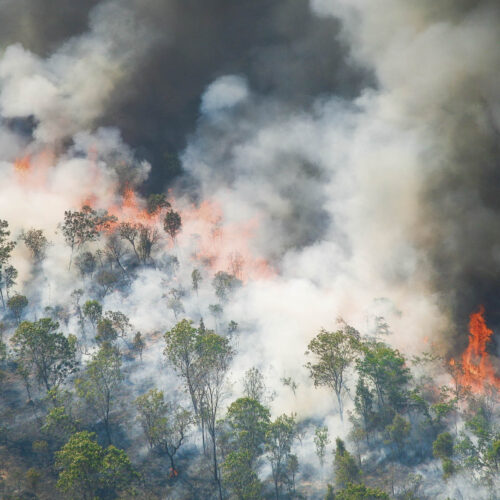Have you considered a natural burial?
2025-03-10T13:07:56+11:00
Leanne Croker considers how she wants to be buried so the disposal of her remains makes the least impact on the earth.
Treading lightly on the earth is important to me, but lately I’ve been thinking about what happens when my time on earth comes to an end? Perhaps a rather sombre topic, but planning what happens when we die or what our burial looks like can help reduce our impact on the environment.
A traditional embalmment and casket burial wasn’t something I’ve ever considered. I don’t like the idea of taking up a patch of land (increasingly becoming a problem with cemeteries running out of space) nor the need for a stone memorial to sit atop my grave. Also, researchers have found there is an element of toxic runoff from a traditional burial, coming from materials such as treated wood, steel and concrete used in the making of caskets, as well as the chemicals such as formaldehyde, menthol, phenol, and glycerin from the embalming process – all possible contributors to soil and groundwater contamination. Then there’s the many old cemeteries dating back to the 1800s that still have potential to add to soil and groundwater toxicity. None of which sounds very environmentally friendly to me.
Cremation was my preferred option, thinking that it was less resource intensive and didn’t take up any land, but the amount of fuel used and the carbon dioxide (approximately 50 kilograms per cremation, on average) and other toxins generated meant a rethink was needed.
Rethinking burials
Understandably, there are many rules and regulations about the interment of bodies, so checking with state and local council requirements is a must. For example, in NSW, for a private burial on your own land, that area must be more than five hectares and you will need council approval. Scattering of ashes often needs approval, too, if at a public park or in a waterway.
There is one burial option that’s becoming more common, and is known to have less impact than more traditional methods: a natural burial, where the body is buried in a designated bushland area so that it can decompose naturally. No chemicals, no headstone, sometimes not even a marker to denote the last resting place.
This was the choice made for a family member recently. Now buried at the Fremantle Cemetery in Perth, WA, my uncle was interred in a plain wooden box, wearing clothing made from natural fibres – no buttons, no belt, nothing that wouldn’t decompose. It wasn’t fancy, there was no need. Other natural burial sites may include options such as natural shrouds and seagrass, wicker or cardboard coffins.
I revisited the site recently and, although the area is located not far from the more traditional setting of rows of tombstones, it’s very peaceful under the tall trees that attract native birds and the wildness of the growth is a reminder of the long walks in the bush my uncle always enjoyed.
My aunt knows where he is as each grave is mapped and surveyed, and there’s a quiet spot to sit and remember.
There will be a plaque with his name on a commemorative feature nearby but not on the spot where he’s buried; an acknowledgement of his presence even years from now. Just like the natural bushland, which is cultivated using plants indigenous to the local area. A bush memorial, with as little impact as possible upon the environment.
Reducing space
Of course, with a natural burial, a piece of land is still needed. One company in Seattle, US, has come up with a solution that doesn’t require any land at all: natural organic reduction (NOR), also known as human composting. The process of ‘recomposition’, which was made a legal burial choice in Washington state in 2019, uses a combination of microbes, oxygen and plant matter to convert human remains into soil.
Basically, the body is placed in a vessel, a coffin-like steel cylinder that is reused, surrounded by woodchips, alfalfa and straw. The body then stays in the vessel for 30 days while microbial activity and the resulting heat transform the body into soil, which is then cured before it is ready to use as you would any top soil. Upon the opening of its facility in January this year, The Seattle Times reported that Recompose had eight bodies undergoing the NOR process.
Turning our bodies into soil seems to be a fitting way to end our days.
For further information about natural burials visit:
- funeralcelebrants.org.au/planning-a-funeral/
green-funerals/green-funerals - gatheredhere.com.au/green-funerals-australia/
You can also listen to an interview on ABC Radio National with the CEO of a US company that offers human composting.






